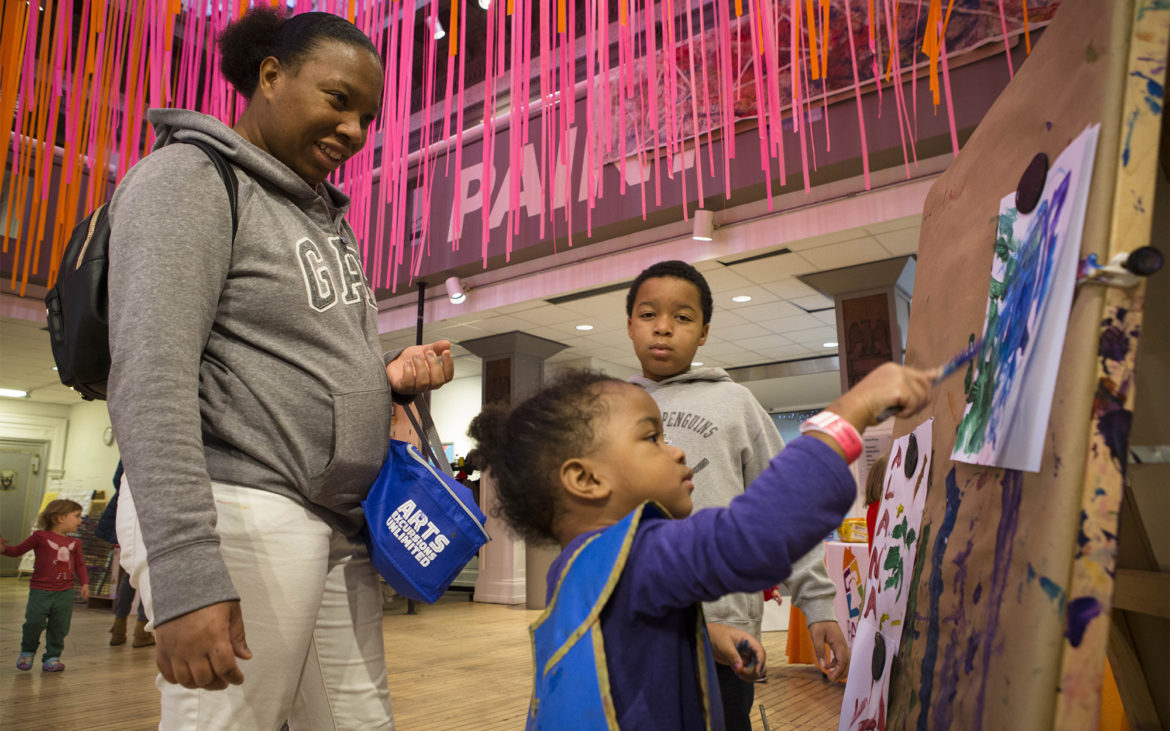
We espouse many mottos in Pittsburgh: A most livable city. ‘We build bridges, not walls.’ And more recently, one inspired by the White supremacist terrorism at the Tree of Life synagogue: ‘Stronger than hate.’
But these feel like platitudes not supported by action. As neighbors, we should recognize that being on the same bridge does not mean we are having the same experience.
In a city marked by segregation across racial, socioeconomic and cultural lines, we have created few opportunities to learn about our neighbors and neighborhoods. We can continue to exclaim that we are ‘a most livable city’ because we do not recognize the many residents whose lives do not reflect this declaration.
A few months ago, I wrote about how many fellow Black Pittsburghers felt about the solidarity shown for the Jewish victims and families after the Tree of Life shooting. The Black community felt left out, devalued — never had they seen such cohesive action and support in this city when Black neighbors were the target of violence. For this reason, I looked to the people, ideas and organizations who are building an inclusive and justice-centered community beyond the slogans and mottos.
The lessons we can learn from each other can help us shape a stronger, more connected city, rather than a city of disconnected neighborhoods. We can begin to build bridges that allow us to look around and really see what others are experiencing. We can be better neighbors by learning where our fellow Pittsburghers are going and how they are getting there.
Several interconnecting themes appeared while speaking with organizations and people doing this work in Pittsburgh. I witnessed a desire to truly connect, even if the process is uncomfortable; a willingness to learn and teach concurrently; flexibility paired with a system to continue connections; and finally, the social justice artistic practice of celebration to solidify these connections.
READ ENTIRE ARTICLE AT:
https://www.publicsource.org/how-residents-can-build-an-inclusive-justice-centered-community-in-the-pittsburgh-area/
